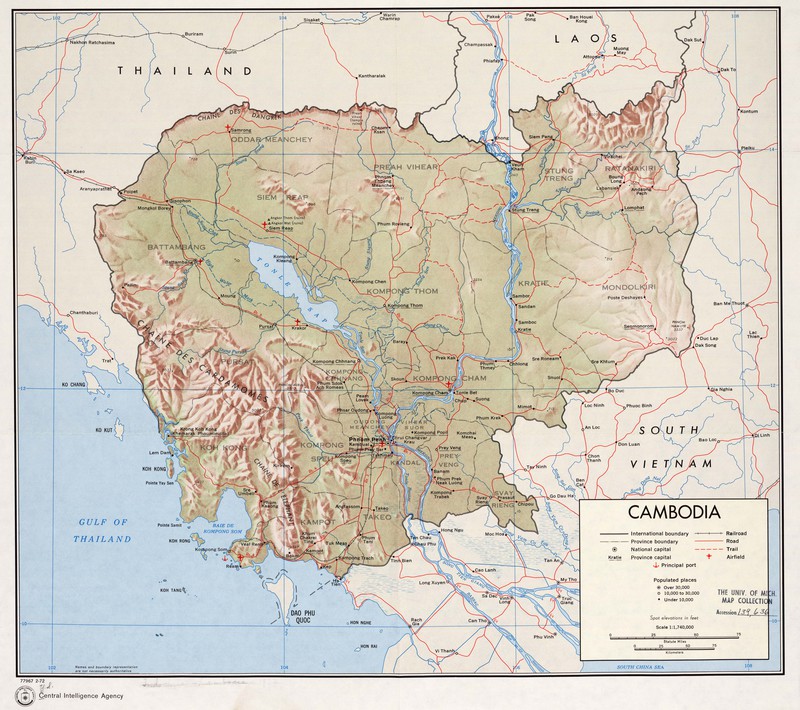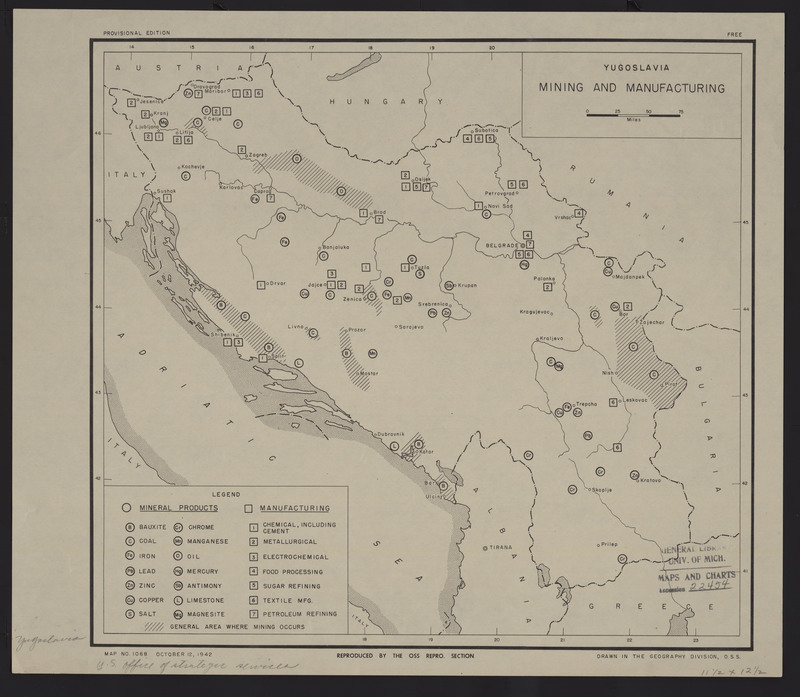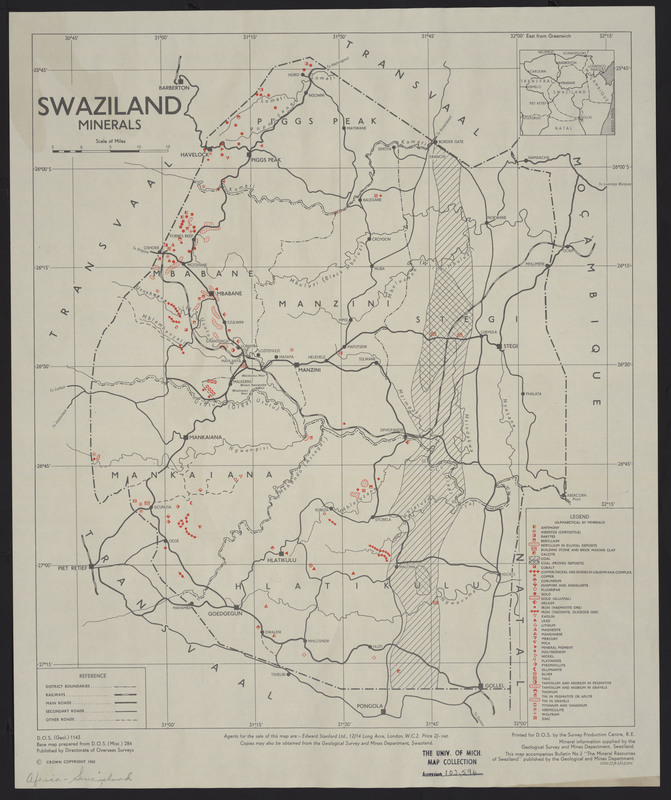Yellow Colorants
Gamboge
Harvested from the resin of the Garcinia hanburyi tree, Gamboge is a significant pigment used in paint. The pigment is dull and brown in color until it comes into contact with water, at which point a brilliant yellow is released. "Taking its name from Camboja, an old form of the name Cambodia, gamboge was imported by the East India Company from around 1615. The hard, mineral-like raw material fares best as a watercolor pigment, but like many organic colorants, it fades rapidly in bright light" (Ball, 139). The Garcinia hanburyi trees are tapped for sap, similar to maple trees. Because it takes many years for a significant amount of sap to accumulate, the resin sometimes acquires items from its surroundings. During recent violent times in Cambodia, imported gamboge was occasionally found to have bullets in it.
Ball, P., (2002), Bright Earth: Art and the Invention of Color, p. 139, New York: Farrar, Straus, and Giroux.Orpiment
Orpiment is a highly toxic mineral containing arsenic. As a pigment, it produces a brilliant yellow. The contrast between bright, clear orpiment and the darker, muddy, yellows available at the same time put orpiment in high demand. "Orpiment was often a suggestive stand-in for gold, particularly in its sparkling mineral form. Its very name recalls this connection: auripigmentum, "color of gold." The ancients fostered the idea that orpiment contained gold itself. Ancient author Pliny says that the Roman emperor Caligula extracted gold from the natural mineral form of orpiment. Due to its toxic nature, it is not surprising the Romans used slave labor to mine it from the earth" (Ball, 100). In modern times, orpiment is still mined in the United States, though its popularity has decreased considerably since the invention of other, less toxic yellows.
Ball, P., (2002), Bright Earth: Art and the Invention of Color, p. 100, New York: Farrar, Straus and Giroux.Yellow Ochre
Like red ochre, yellow ochre is an earth pigment, mined worldwide. Yellow ochre has been used by humans as paint for tens of thousands of years. "In Swaziland's Bomvu Ridge, archaeologist's have discovered mines that were used at least forty thousand years ago to excavate red and yellow ochre pigments used for body painting. The word 'ochre' comes from the Greek meaning 'pale yellow,' but somewhere along the way the word shifted to suggest something more robust- something redder or browner or earthier" (Finlay, 26). Yellow ochre produces an opaque, muddy yellow. The clay is easy to grind and lends itself well to the manufacture of oil paints and watercolors.
Finlay, V. (2004), Color: A Natural History of the Palette, p.26, New York: Random House.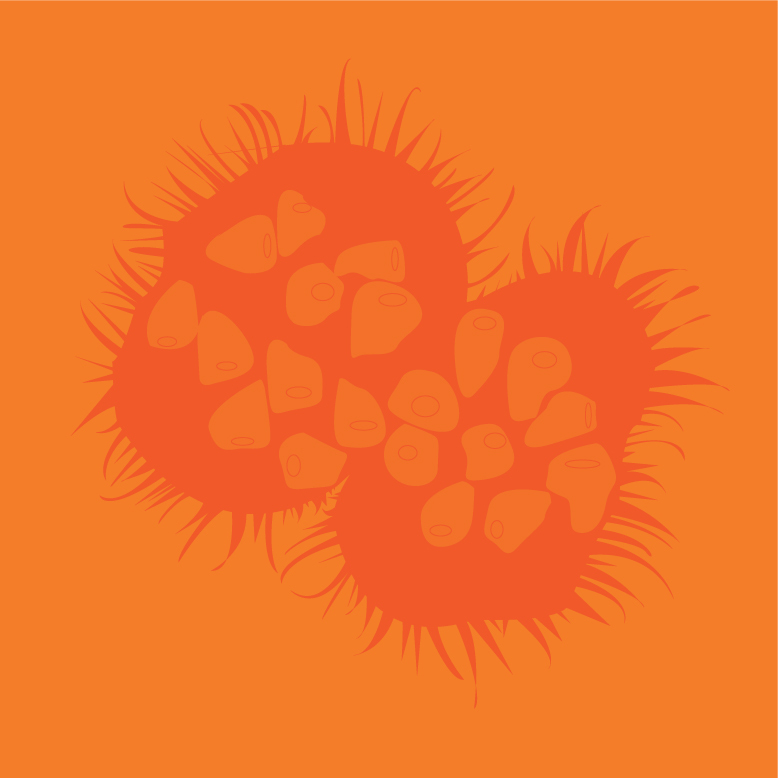
Orange Colorants
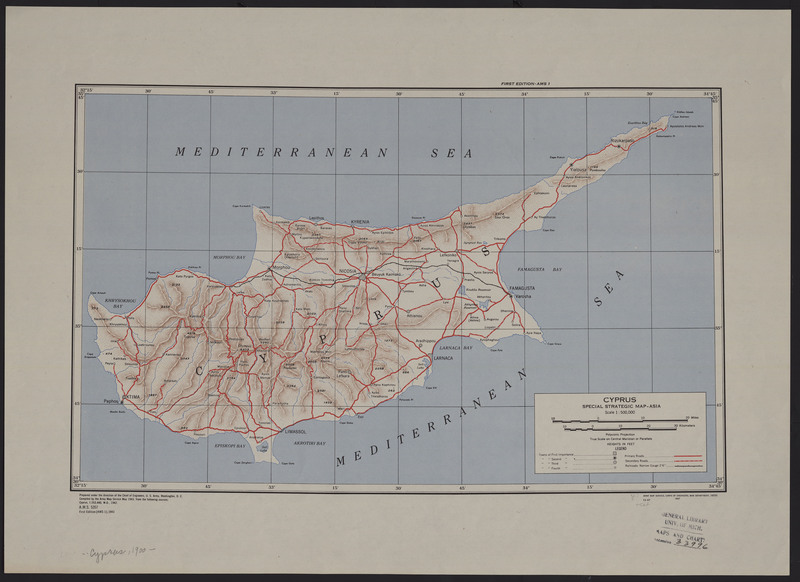
Green Colorants


